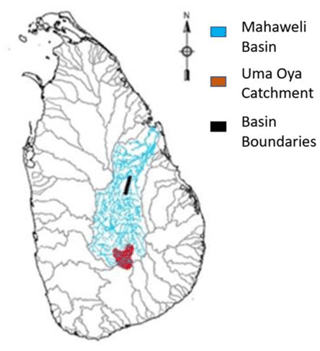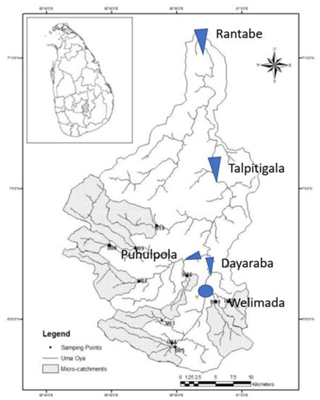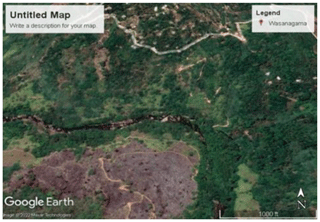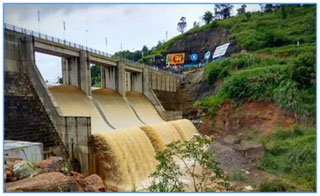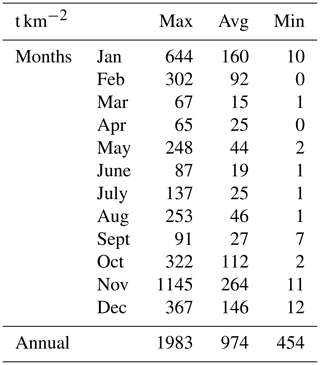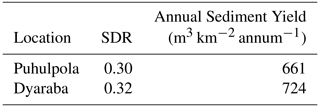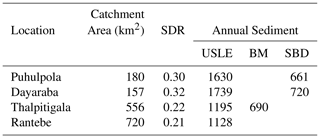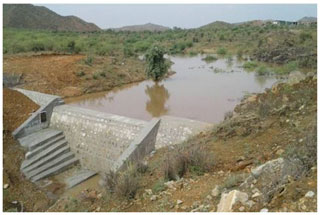The sediment quantity transported with the upstream flows deposited and travelled in a reduced rate in the reservoir system governing the distance by the decreased water velocity, making complex analyses in sediment studies.
In the study of the erosion rates in the catchment, the land cover properties, land use properties, geography, soil parameters etc. have to be considered.
When we have to study the sediment inflow, settling, and degradation courses relation with known factors such as water velocity, particle size, particle type, turbidity, cross flows etc. The difficulty of analysing the Sedimentation processes in a reservoir can be reduced by truncating minor factors and considering most influencing factors,
Because of this complexity, many mathematical models and empirical relationships are being developed to simulate the physical processes of sediment transport and deposition in reservoirs.
The results of modelling and simulations can be verified by bathymetric measurements of sediment loads in known points and volumetric measurements of partials in runoff water. Those can be spatially and temporally analysed to understand the variation of sediment transportation throughout the river flow.
Herewith we are going to discuss some empirical measurements and simulations used to determine the reservoir sedimentation, life reduction and measures intended to implement to minimize the vulnerability.
The following calculations show three different methods used in three different occasions, for three different locations of the same catchment.
2.1 Calculation of Sediment Delivery Ratio and Sediment Yield
The sediment delivery ratio (SDR) of a river basin reflects the conveyance status of sediment which occurs due to erosion of soil, through runoff of the stream flow. The sediment delivery ratio calculation models have certain related conditions such as environmental factors, rainfall, land topography, soil type and texture etc. The drainage basin area method (Vanoni, 1975) is used to determine SDR considering the similarities of above factors to model catchment.
Total catchment area of Uma Oya at the confluence of Mahaweli (Upstream of Ranteme reservoir) is 720 km2; Catchment Area = 281.25 sq. miles; Therefore SDR = 0.21
Universal soil loss equation
2.2 Annual Sedimentation for Proposed Reservoir Location.
As per the sediment analyses done by Ministry of Irrigation, the following results have been obtained in feasibility report. The analyses have been done through bathymetric mapping done for downstream of Uma Oya for a catchment area of 556 km2 at Bathmedilla weir section (SDR = 0.22) in 2013.
2.3 Annual sedimentations at Puhulpola and Dayaraba Reservoirs
The study done by Ministry of Irrigation and Farab in 2010 in above reservoirs in the upstream of Uma Oya using EPM method and sediment sampling data for 8 years, shows the results as follows.
This is a very comprehensive study which has considered most of the complex parameters in simulation of mathematical model. Table 1 shows the summary of compiled data of 8 years
Table 2 shows the results obtained for upper catchment reservoirs from simulation of sediment bulk density.
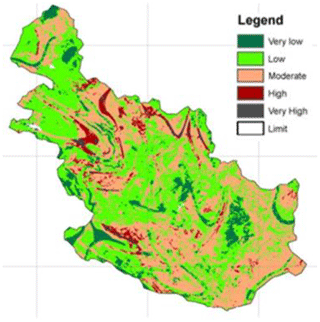
Figure 6Erosion rate in Uma Oya basin.
Figure 6 shows the variation of erosion rate in Uma Oya basin according to the simulation done using EPM model.
Herewith, as indicated in Table 3 the practical results obtained from BM and SBD are considered for further analyses as USLE shows fairly high values than experienced.
Accordingly, the specific sediment yield in each location can be showed in following Fig. 7.
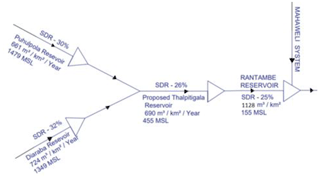
Figure 7Schematic diagram of Reservoir system in Uma Oya.
Download
Considering the annual sediment yield to proposed Thalpitigala Reservoir, the deposition was projected.
Accordingly, within one third of life time, the reservoir losses one third of its capacity which implies the total dead storage vanishes. Hence sediment management is very essential





